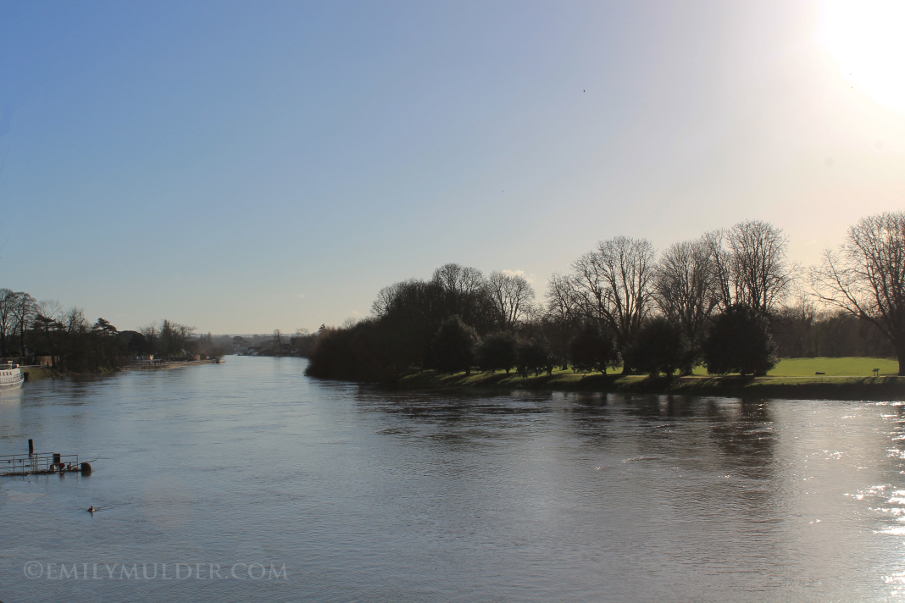Historical Hotbed: Hampton Court Palace
Explore Henry VIII's Hampton Court Palace: Tudor splendor, costumed tours, and riverside gardens—immerse in history just outside London.
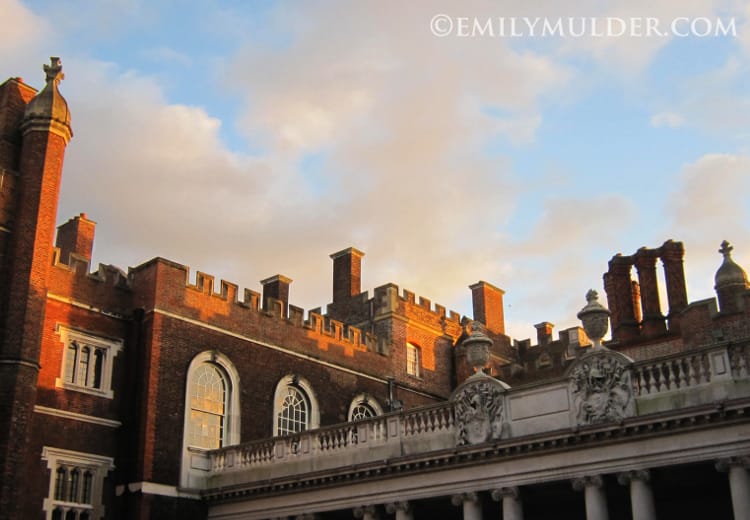
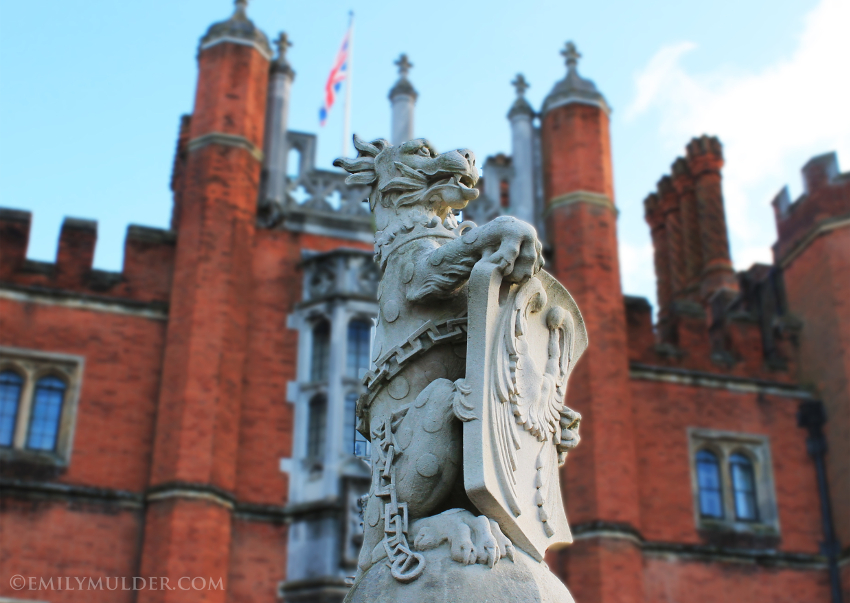
Hampton Court Palace is my favorite place in England thus far. It might actually be one of my favorite places in the world thus far.
As an expat who was new to the UK, Hampton Court was one of the first historical sites I visited, and I have yet to find something that quite tops it. Since then, natives have been willing to admit to me that not much could – it is a singular, self-contained wonder in its own right. From an academic perspective, it is a hotbed of history. As an American, it holds a Hogwarts-esque kind of wonder in being something so purely British.
Somehow, the essence of the palace seems to have retained the carefree nature of its origin as the most luxurious Tudor-era court. It was the site of extravagance, politics, and supreme historical dramatics, including one of the most captivating real-life serial dramas: the story of Henry VIII and his six wives, including ill-fated Anne Boleyn.
It’s easy to be a little overwhelmed at first. There is an amazing patchwork of history to be explored, not only in the context of the events that transpired there, but in style, art and architecture. Built originally by Cardinal Wolsey circa 1521, but soon after undergoing a series of renovations, one can see the overlap of Henry VIII’s time:
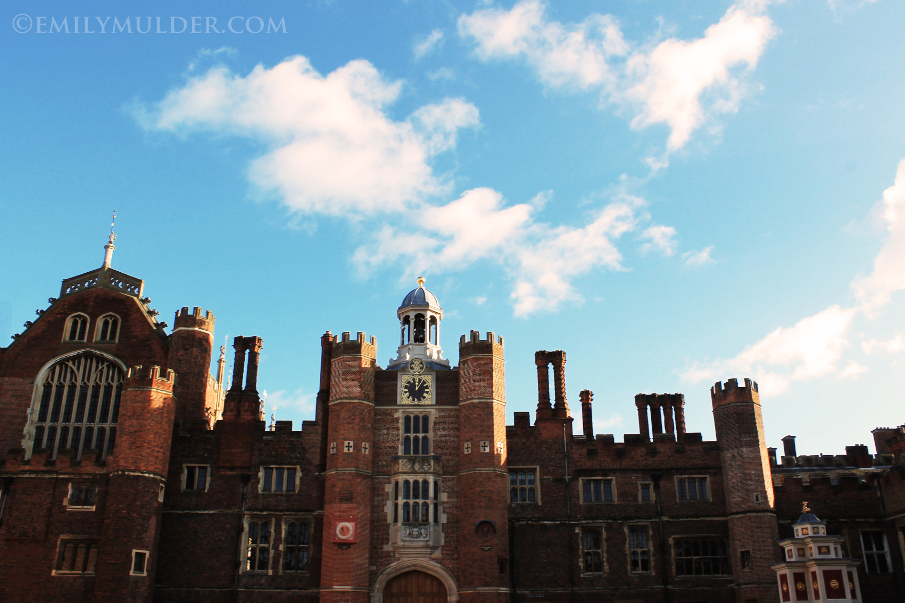
In contrast with the newer, lighter and less stoic style of William III and Mary II:
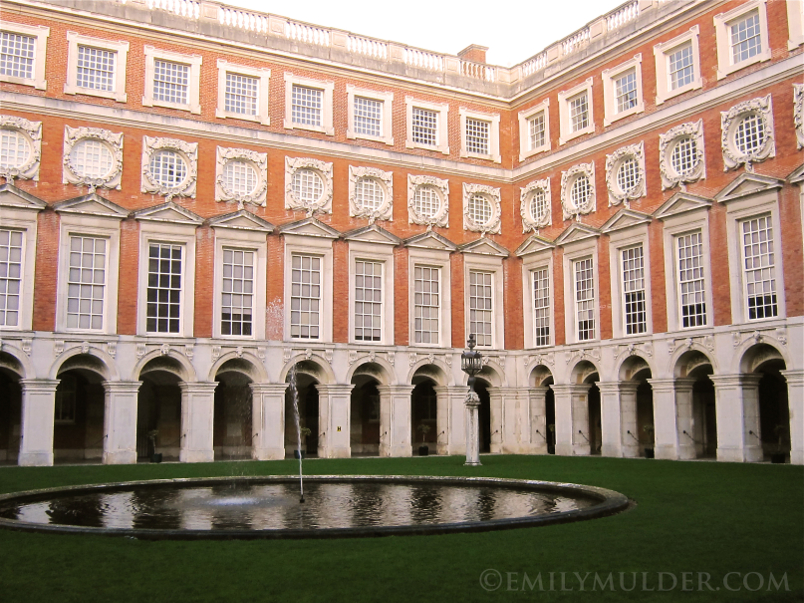
The building work was done in such a way that in many places you can see the physical overlap of the renovation work, side by side, creating a sort of architectural seam between the different eras of the palace over it’s centuries-long history. An in-depth investigation of the “lost” structure of the original palace was conducted by the BBC and is worth the read, whether before or after visiting.
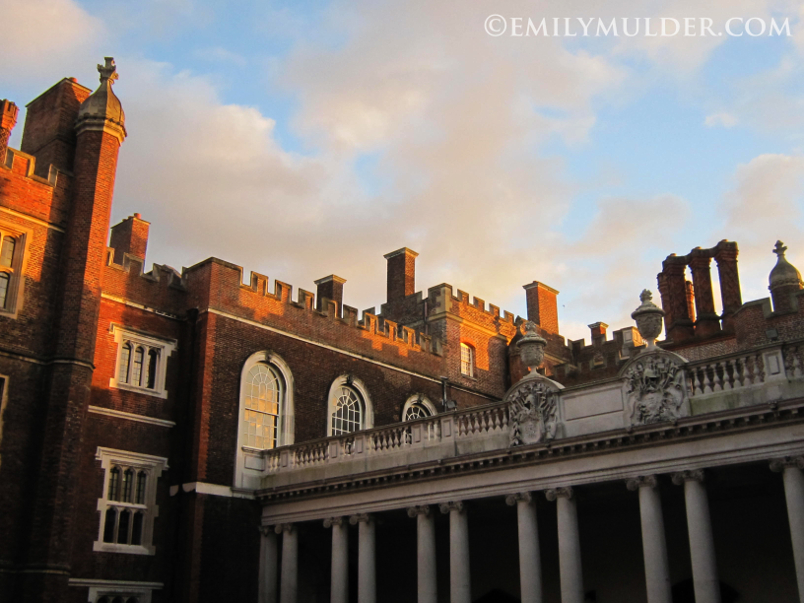
I have visited the palace during both prime and off-peak seasons, and the atmospheres are different, but equally charming. It’s difficult to ever feel rushed or crowded – even when visiting special exhibits – due to the sheer size and space of the palace. The open space and sprawling country setting would make it an ideal stop for visitors who have been navigating packed buses and Tubes in central London and are ready for a break.
A walk through the palace in the less-touristy autumn was quieter and more intimate, but the Christmas and summer festivities were also appealing. Historic Royal Palaces does an excellent job creating activities and entertainment for children that are fun and appealing, but not too campy to annoy the adults. Be sure to ask about the free guided tours.
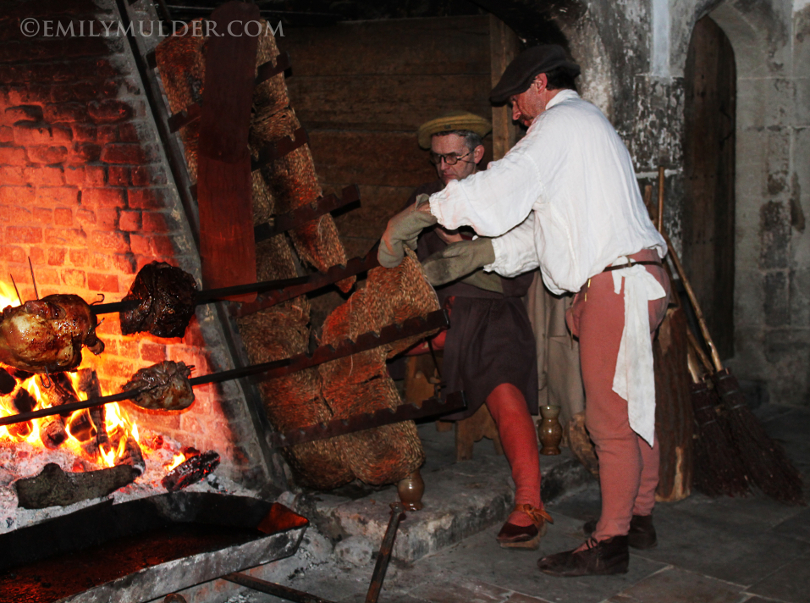
In the kitchens, costumed workers roasted real meat in large stone fireplaces. Ladies and gentleman of the court occasionally bustle past you down a corridor whispering gossip, jesters do tricks in the courtyard and occasionally even a rotund King Henry VIII makes an appearance. Old timey robes are provided for kids (and adults!) who want to get in on the act.
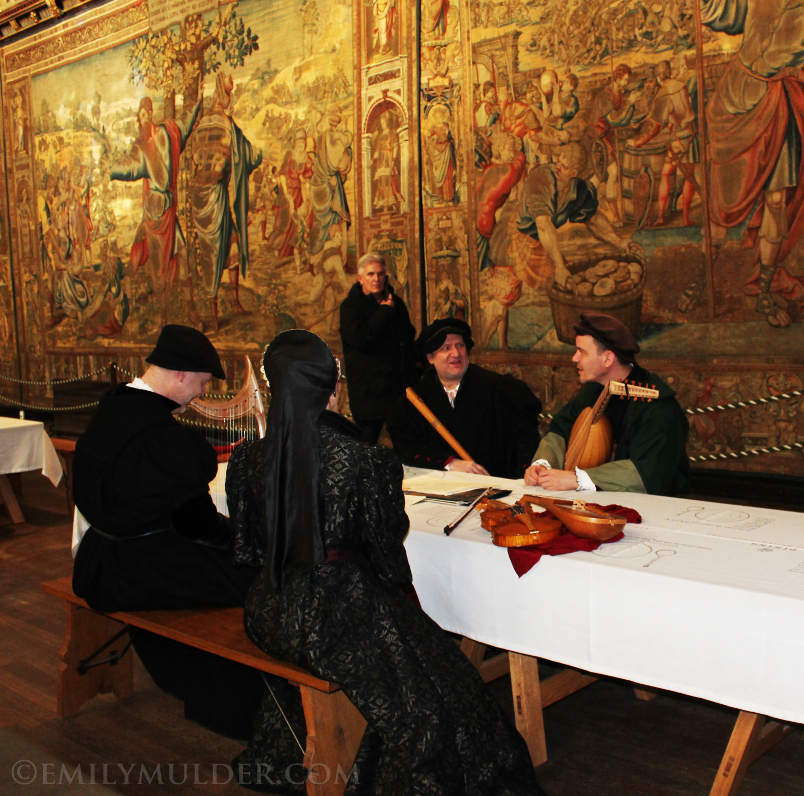
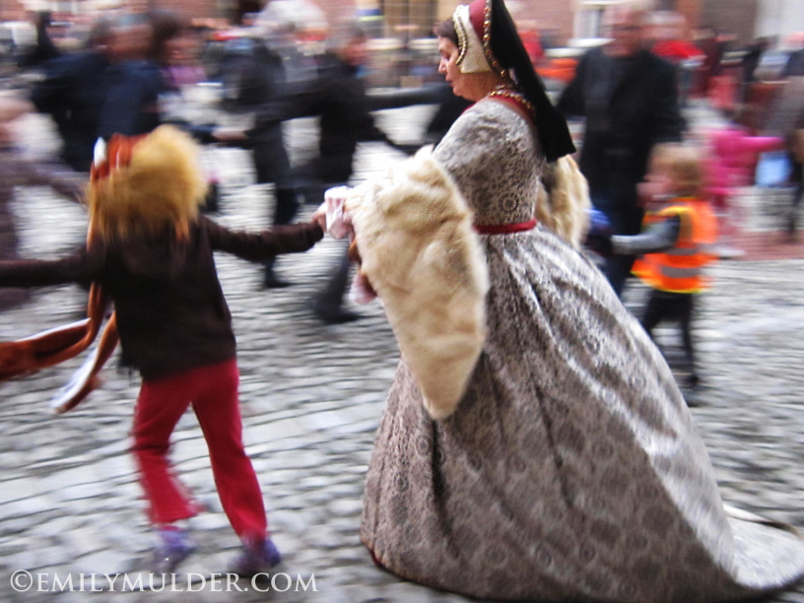
Located approximately an hour from London, there is more than enough to see to fill the majority of a day, particularly if one is lucky enough to avoid the rain and can thoroughly explore the grounds.
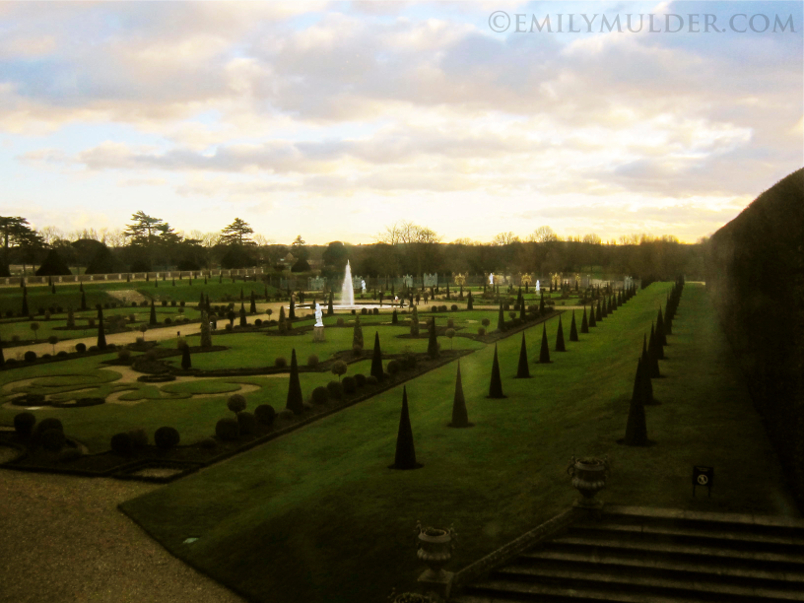
While some may find the cost higher than some other London attractions – though it’s well worth the price – the gardens and grounds are open to the public for just £5.72 and free for children up to 15, so it still makes a great destination to admire from the outside, or as an endpoint to a day of walking along the river, after which you can pop in to the Tiltyard café (named for it’s location on what was previously a jousting arena!) for a cup of tea.
